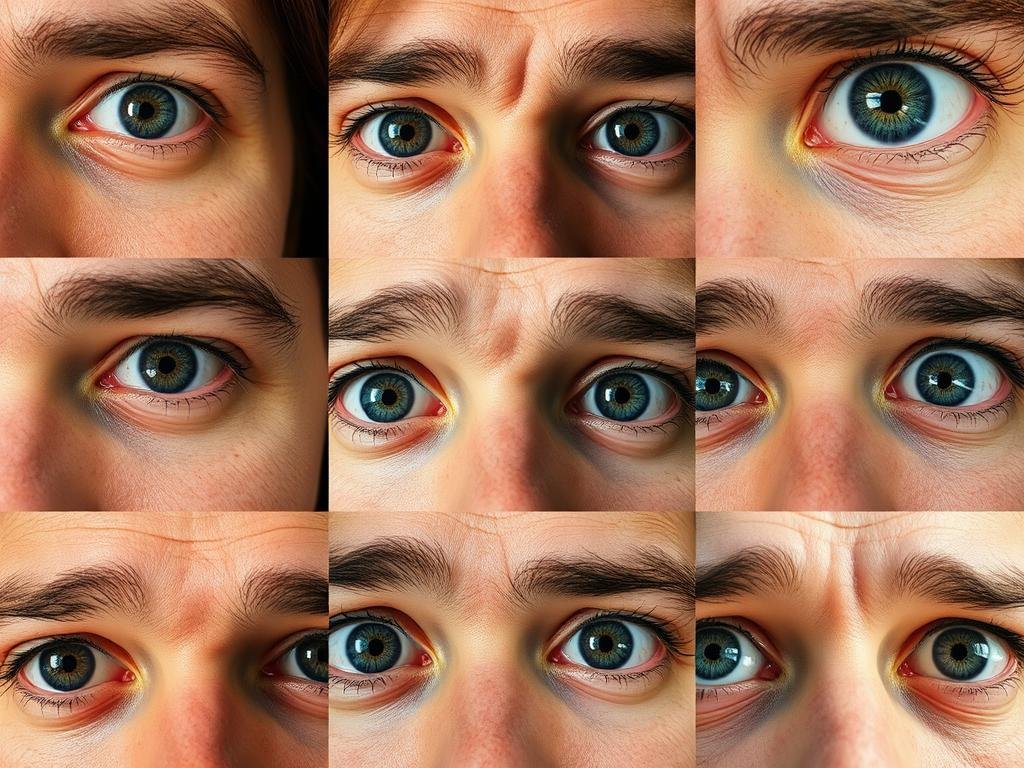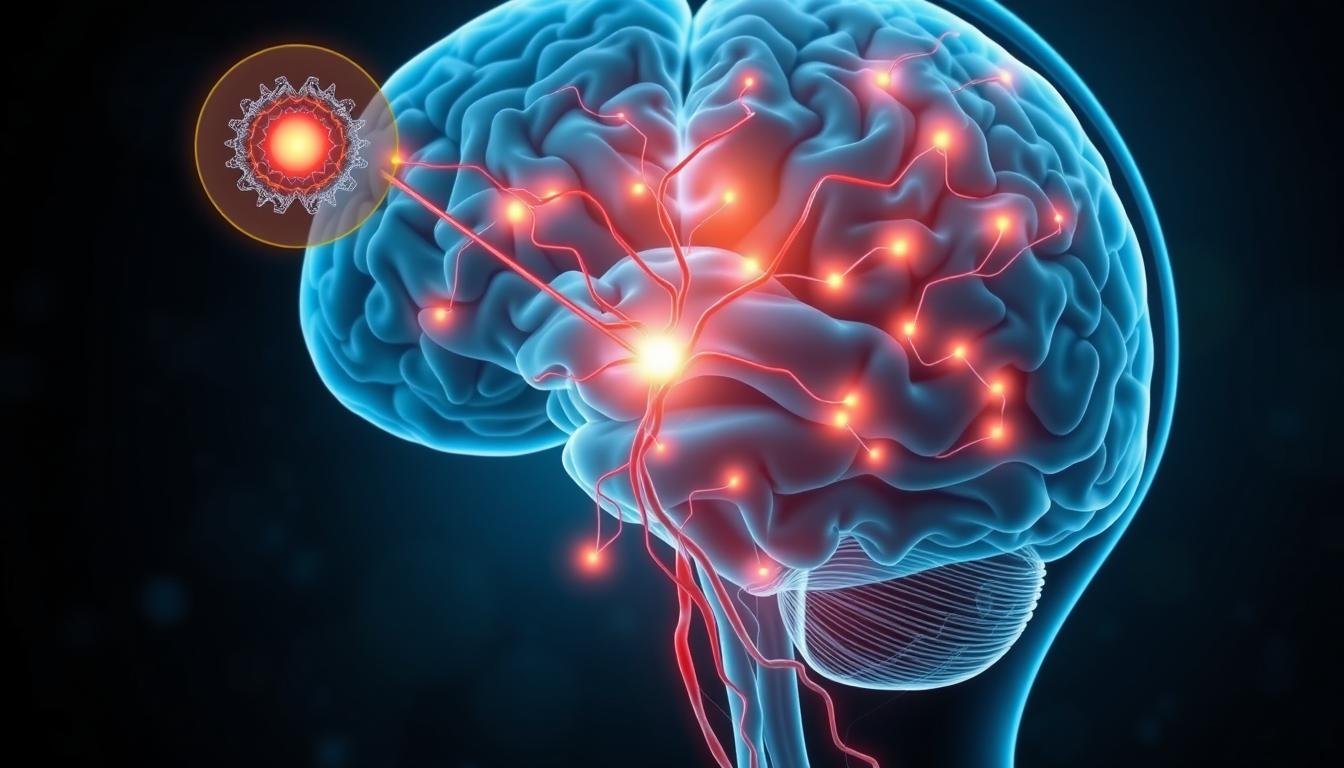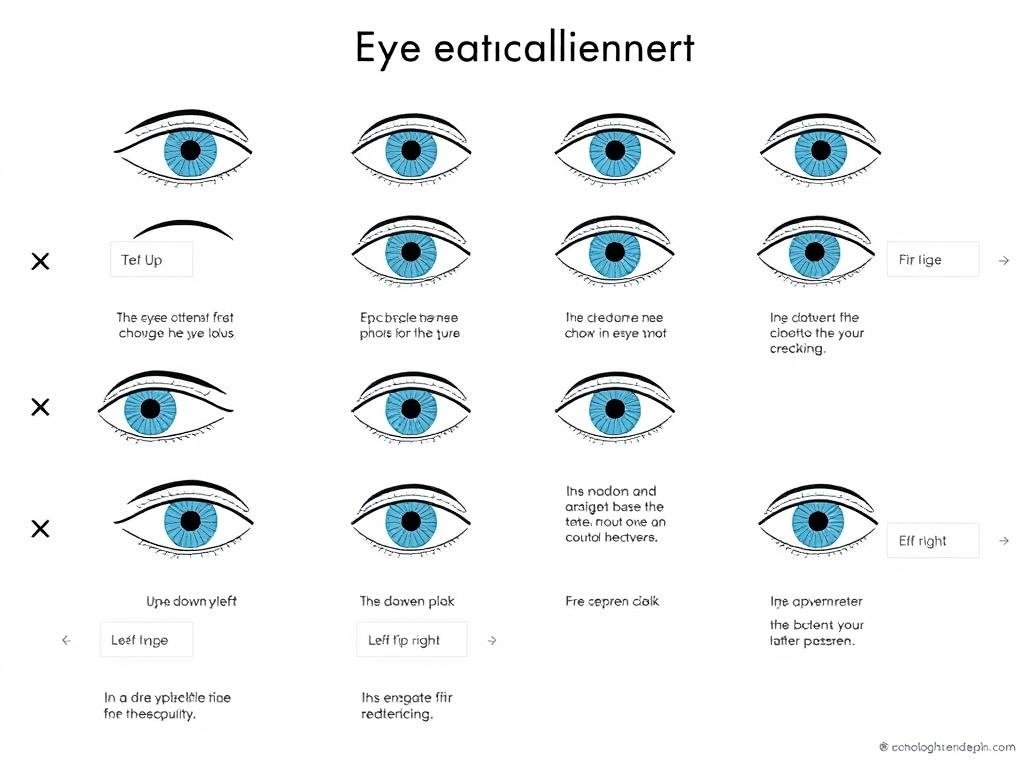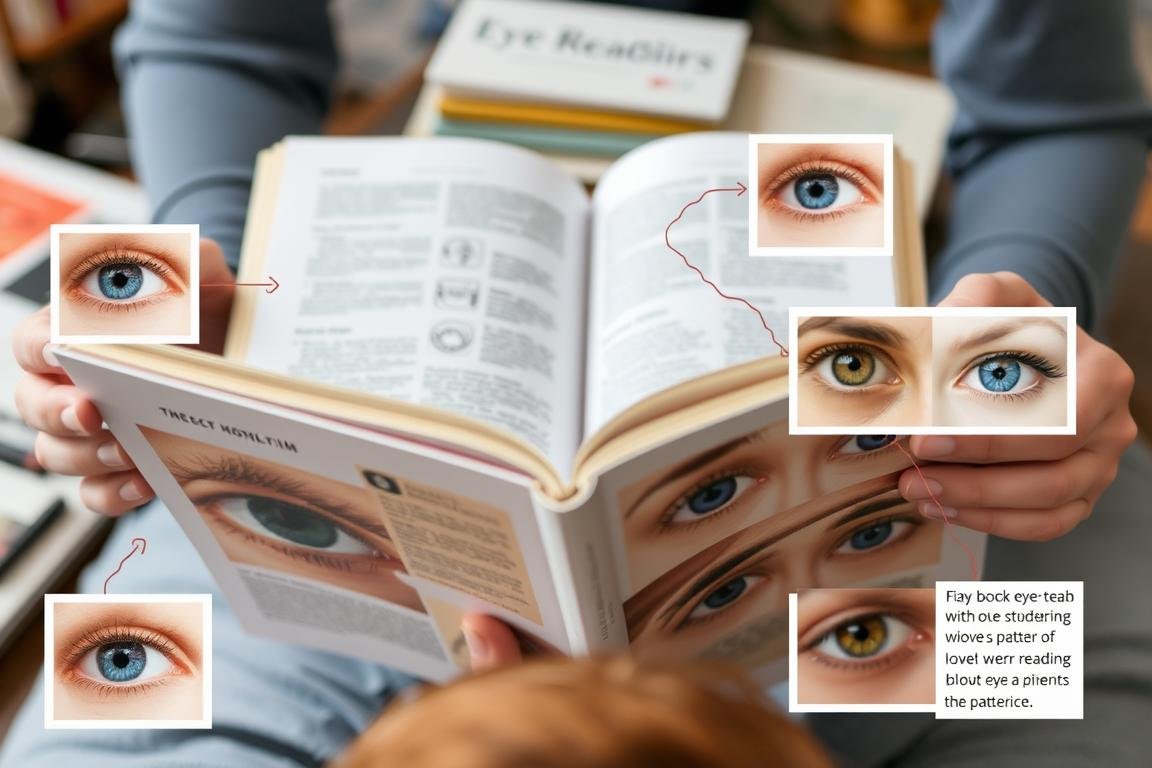In a world where digital communication often masks true intentions, the ancient art of اک پڙهڻ is experiencing a remarkable resurgence. This fascinating practice—the ability to interpret emotions, thoughts, and intentions through subtle eye movements and patterns—is gaining traction across cultures and professional fields. From business negotiations to personal relationships, understanding what the eyes reveal has become an invaluable skill in our increasingly complex social landscape. This comprehensive guide explores why اک پڙهڻ has captured global attention and how it’s transforming the way we connect with others.ڇا آهي اک پڙهڻ? A Modern Phenomenon
اک پڙهڻ is the practice of interpreting a person’s thoughts, emotions, and intentions by observing their eye movements, pupil dilation, blinking patterns, and other subtle visual cues. While often associated with detecting deception, modern اک پڙهڻ encompasses a much broader range of applications, from enhancing communication to improving sales techniques and strengthening personal connections.
Unlike simplistic “lie detection” techniques portrayed in popular media, authentic اک پڙهڻ is a nuanced skill based on both scientific research and practical observation. It involves understanding how neurological processes manifest through eye behavior and how cultural and contextual factors influence these expressions.
The modern interest in اک پڙهڻ stems from our innate desire to better understand others in an increasingly digital world where face-to-face interactions are becoming less common. As we spend more time behind screens, the ability to accurately read the most expressive part of the face—the eyes—has become a highly valued skill.
Key Components of اک پڙهڻ
- Pupil dilation and constriction patterns
- Eye movement directions and frequency
- Blinking rate and duration
- Gaze direction and intensity
- Micro-expressions around the eye area
- Tear formation and eye moisture
Common Misconceptions
- It’s not mind reading or a supernatural ability
- Not solely focused on detecting lies
- Cannot provide absolute certainty about thoughts
- Not a replacement for verbal communication
- Requires context and supporting behavioral cues
- Not universally identical across all cultures
The Historical Roots of اک پڙهڻ
حال ۾ اک پڙهڻ may seem like a modern trend, its origins trace back thousands of years across multiple civilizations. Ancient texts from China, Greece, and the Middle East all contain references to the eyes as “روح ڏانهن ونڊوز” and provide early frameworks for interpreting eye behaviors.

Ancient China
Chinese medicine and philosophy developed detailed systems for reading health and character through the eyes. The practice of “eye diagnosis” in Traditional Chinese Medicine dates back to at least 300 BCE, with practitioners examining the sclera, iris, and overall eye appearance to assess physical and emotional states.
Greek Civilization
Aristotle wrote extensively about the eyes as indicators of character and emotional states. Greek physicians developed theories connecting eye appearance to temperament and health, establishing early connections between psychology and visual cues that would influence Western thought for centuries.
Middle Eastern Traditions
Arabic scholars preserved and expanded upon Greek knowledge, developing sophisticated understandings of eye physiology and behavior. The 11th-century scholar Ibn al-Haytham made groundbreaking contributions to understanding vision and perception that influenced later اک پڙهڻ practices.
The modern scientific approach to اک پڙهڻ began in the late 19th century with the emergence of psychology as a formal discipline. Pioneers like Charles Darwin noted the importance of eye expressions in his 1872 work “The Expression of the Emotions in Man and Animals,” establishing a foundation for systematic study of nonverbal communication.
Why اک پڙهڻ Works: Psychological Insights
The effectiveness of اک پڙهڻ is grounded in solid neurological and psychological principles. The eyes are directly connected to the brain’s limbic system—our emotional center—making them uniquely revealing of our internal states, often beyond our conscious control.
The Neuroscience of اک پڙهڻ
Research using advanced technologies like fMRI and eye-tracking has validated many traditional اک پڙهڻ principles. Studies show that pupil dilation occurs involuntarily in response to interest, emotional arousal, and cognitive load—making it a reliable indicator of attention and engagement that bypasses conscious control.
“The eyes don’t lie because much of their behavior is controlled by the autonomic nervous system, which operates largely outside our conscious awareness.”
Dr. Paul Ekman, Pioneer in Facial Expression Research
Pupil Response
Our pupils dilate not only in response to light but also to emotional stimuli and cognitive interest. This response is controlled by the autonomic nervous system and cannot be consciously regulated, making it one of the most reliable indicators in اک پڙهڻ.
Eye Movement Patterns
Research in Neuro-Linguistic Programming (NLP) suggests that eye movements correlate with different types of thinking. While some specific claims remain controversial, the general principle that eye direction relates to cognitive processing has substantial scientific support.
Blink Rate
Studies show that blink rate changes with emotional states and cognitive load. Stress typically increases blink frequency, while intense focus often reduces it—providing observable cues about a person’s internal state.
Gaze Patterns
Research in social psychology has established that gaze direction and duration strongly correlate with interest, attention, and emotional connection. These patterns form the foundation for many اک پڙهڻ techniques used in professional settings.

Deepen Your Understanding of Eye Reading Science
Want to learn more about the fascinating research behind eye reading? Our comprehensive guide explains the key scientific studies in accessible language.
Download Free Research Summary
Applications of اک پڙهڻ in Today’s World
The practical applications of اک پڙهڻ extend across numerous professional fields and personal contexts. As awareness of its value grows, organizations and individuals are increasingly investing in developing this skill.
In Business Communication
اک پڙهڻ has become an essential skill in business environments where understanding unspoken cues can provide significant advantages in negotiations, sales, and leadership.
Negotiations
Skilled negotiators use اک پڙهڻ to detect interest, hesitation, or discomfort during discussions. Recognizing when a counterpart’s eyes show genuine interest versus polite attention can help negotiators focus on promising aspects of proposals and address concerns before they’re verbalized.
Sales and Marketing
Sales professionals trained in اک پڙهڻ can better gauge customer interest and objections. Eye tracking studies are now standard in marketing research, helping companies understand which elements of advertisements and packaging attract attention and engage potential customers.
Leadership
Effective leaders use اک پڙهڻ to assess team engagement, identify concerns, and build stronger connections. Understanding when team members’ eyes reveal confusion, disagreement, or enthusiasm helps leaders adjust their approach in real-time for better outcomes.
In Personal Relationships
The ability to read eyes accurately transforms personal interactions, creating deeper understanding and emotional connection between individuals.
Romantic Relationships
Research shows that mutual gaze plays a crucial role in attraction and bonding. Partners skilled in اک پڙهڻ can better recognize emotional needs, detect relationship issues earlier, and communicate more effectively during difficult conversations.
Parenting
Parents who understand اک پڙهڻ can better interpret their children’s emotional states, particularly with infants who cannot verbalize needs or with teenagers who may be reluctant to express feelings directly. This skill helps build trust and emotional intelligence within families.
In Mental Health Practices
اک پڙهڻ has become an increasingly valuable tool in psychological assessment and therapy, providing insights that complement verbal communication.
Psychological Assessment
Clinicians use eye behavior to help assess conditions like anxiety, depression, and attention disorders. Changes in blink rate, gaze aversion patterns, and pupil reactivity can provide objective indicators that support diagnosis and treatment planning.
Trauma Treatment
Therapists trained in اک پڙهڻ can detect signs of emotional activation or dissociation during sessions, allowing for more responsive and effective interventions. Some trauma therapies, like EMDR, directly incorporate eye movements as part of the treatment process.
Autism Support
For individuals with autism who may struggle with conventional social cues, اک پڙهڻ training in both directions is valuable—helping neurotypical people better understand autistic eye patterns and helping those with autism develop strategies for interpreting others’ eye signals.
Enhance Your Relationship Skills
Learn how to apply eye reading techniques to improve your personal and professional relationships with our practical guide.
Get Your Free Relationship Guide
Learning اک پڙهڻ: From Novice to Expert
Developing proficiency in اک پڙهڻ is a progressive journey that combines knowledge acquisition with practical experience. While some people seem naturally attuned to eye cues, anyone can improve this skill with structured learning and practice.
The Learning Process
- Build Foundational Knowledge – Understand the basic science behind eye movements, pupil responses, and their connections to emotional and cognitive states.
- Develop Observation Skills – Practice noticing subtle eye behaviors in everyday interactions without immediately interpreting them.
- Learn Contextual Analysis – Study how culture, situation, and individual differences affect eye behavior interpretation.
- Practice With Feedback – Work with partners who can confirm or correct your interpretations to refine accuracy.
- Apply In Real Situations – Gradually implement your skills in low-stakes environments before using them in important interactions.

Benefits of Formal Training
- Structured curriculum covering all essential aspects
- Expert feedback to correct misinterpretations
- Practice with diverse examples and scenarios
- Community of fellow learners for support
- Certification for professional applications
Challenges in Self-Learning
- Risk of reinforcing misconceptions
- Limited exposure to diverse eye patterns
- Difficulty getting accurate feedback
- Inconsistent practice without structure
- Potential overconfidence in interpretations
Ethical Consideration: As you develop اک پڙهڻ skills, remember that this ability comes with responsibility. Always use these insights to improve understanding and connection, not to manipulate or invade privacy. The most ethical approach is to combine eye observations with respectful verbal communication.
Criticisms and Misconceptions About اک پڙهڻ
Despite its growing popularity and scientific foundations, اک پڙهڻ faces legitimate criticisms and is surrounded by misconceptions that deserve careful examination.
Scientific Limitations
حال ۾ اک پڙهڻ has valid scientific underpinnings, some applications extend beyond current research support. Critics rightfully point out areas where popular claims exceed scientific evidence.
| Claim | Scientific Status | Current Research Position |
| Looking up-right indicates lying | Largely unsupported | Eye direction alone is not a reliable deception indicator |
| Pupil dilation indicates interest | Well-supported | Consistent evidence across multiple studies |
| Eye accessing cues indicate thinking style | Partially supported | Some correlations exist but with significant individual variation |
| Eye reading can replace verbal communication | Unsupported | Best used as complement to, not replacement for, verbal exchange |
Cultural and Individual Variations
A significant limitation of many اک پڙهڻ systems is their failure to account for cultural differences and individual variations in eye behavior.
Cultural Differences
Eye contact norms vary dramatically across cultures. What indicates respect in one culture may signal disrespect in another. For example, sustained direct eye contact is expected in many Western business contexts but can be considered rude or aggressive in some East Asian, Middle Eastern, and Indigenous cultures.
Individual Variations
Neurodiversity, personality differences, and medical conditions all affect eye behavior. People with autism often have distinct gaze patterns, while certain medications can affect pupil response. Effective اک پڙهڻ requires accounting for these individual differences.
Important Note: Be wary of any اک پڙهڻ system that claims to be universally accurate across all individuals and cultures, or that promises 100% accuracy in detecting specific thoughts or emotions. The most credible approaches acknowledge limitations and emphasize probability rather than certainty.
The Future of اک پڙهڻ: Emerging Trends
As technology advances and research continues, اک پڙهڻ is evolving in exciting new directions that promise to expand its applications and accuracy.

AI-Enhanced Eye Reading
Artificial intelligence is revolutionizing اک پڙهڻ by detecting patterns too subtle for human observation. Machine learning algorithms can now analyze micro-movements and pupil changes with unprecedented precision, opening new possibilities for applications in security, healthcare, and consumer research.
Remote Eye Reading
As video communication becomes increasingly common, technologies for accurate اک پڙهڻ through digital interfaces are advancing rapidly. These developments are particularly valuable for telehealth, remote work management, and online education where in-person observation isn’t possible.
Integrated Biometric Systems
جو مستقبل اک پڙهڻ likely involves integration with other biometric indicators like facial expressions, voice analysis, and physiological measures. These comprehensive systems will provide more nuanced and reliable insights than any single method alone.

Ethical Considerations: As اک پڙهڻ technology advances, important ethical questions arise about privacy, consent, and potential misuse. The development of ethical guidelines and appropriate regulations will be crucial to ensuring these powerful tools are used responsibly.
Getting Started with اک پڙهڻ
If you’re intrigued by the potential of اک پڙهڻ and want to develop this skill, here are practical steps to begin your journey.

Start With Self-Awareness
Before reading others, become conscious of your own eye behaviors. Practice noticing how your eyes respond in different emotional states and situations. This self-awareness creates a foundation for understanding others and helps you recognize how your own eye behaviors might be interpreted.
Practice Mindful Observation
Begin simply observing without interpreting. In conversations, notice eye movements, pupil size, blink rate, and gaze direction. Keep a journal of your observations without jumping to conclusions about what they mean. This builds your attention to detail and creates a personal database of patterns.
Study Reliable Resources
Seek out scientifically-grounded books, courses, and research on nonverbal communication and اک پڙهڻ specifically. Focus on resources that acknowledge limitations and cultural variations rather than those promising simplistic “mind reading” techniques.
How long does it take to become proficient in Eye Reading?
Like any skill, proficiency develops gradually. Most people notice improved observation abilities within a few weeks of consistent practice. However, developing reliable interpretation skills typically takes several months of study and practice with feedback. Expert-level proficiency may require years of experience across diverse contexts.
Can Eye Reading skills be used in virtual meetings?
Yes, though with some limitations. Video quality, lighting, and camera angles can restrict what’s observable, but many key eye behaviors remain visible in virtual settings. Focus on what you can see clearly—pupil dilation may be difficult to detect, but eye movement patterns, blink rate, and gaze direction are often still observable.
Is it ethical to use Eye Reading without telling people?
This depends on context and intent. Observing publicly visible behavior is generally considered ethical when done with respect and positive intent. However, using these observations to manipulate others or invade privacy crosses ethical boundaries. The most ethical approach is to use اک پڙهڻ to enhance understanding and connection rather than to gain advantage.
Begin Your Eye Reading Journey Today
Ready to develop your eye reading skills? Our comprehensive beginner’s guide includes practical exercises, scientific explanations, and ethical guidelines to get you started.
Download Free Beginner’s Guide
Conclusion: The Enduring Value of اک پڙهڻ
As we’ve explored throughout this guide, اک پڙهڻ is far more than a passing trend. Its growing popularity worldwide reflects our fundamental human need for deeper, more authentic connection in an increasingly digital and complex social landscape.
The eyes truly do offer unique insights into our internal states—insights that often bypass conscious control and cultural conditioning. When approached with scientific understanding, cultural sensitivity, and ethical awareness, اک پڙهڻ becomes a powerful tool for enhancing communication, building relationships, and navigating social interactions with greater confidence and empathy.
Whether you’re interested in اک پڙهڻ for professional advancement, personal relationships, or simply out of curiosity about human behavior, developing this skill offers lasting benefits. As technology continues to advance and research deepens our understanding of nonverbal communication, the practice of اک پڙهڻ will likely become even more sophisticated and valuable.
The journey to mastering اک پڙهڻ is ongoing—there is always more to learn and observe. By approaching this fascinating field with both openness and critical thinking, you can develop a skill that enhances your understanding of others and yourself in profound ways.
Join Our Eye Reading Community
Connect with fellow enthusiasts, access exclusive resources, and stay updated on the latest research and techniques in eye reading.


























